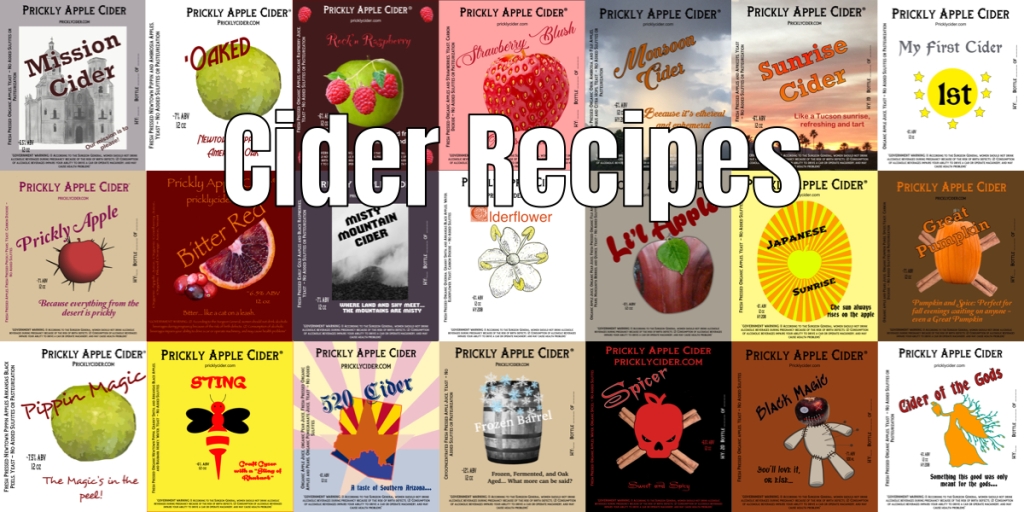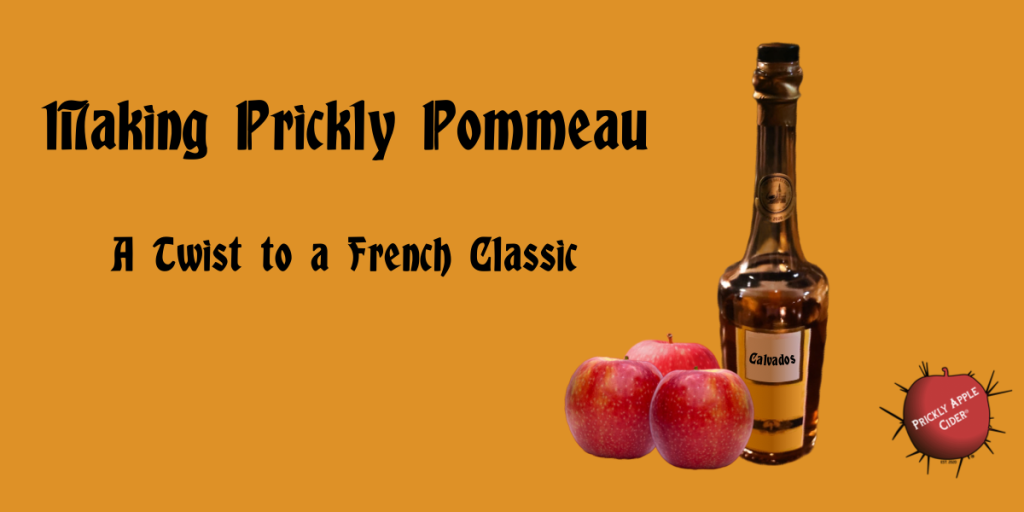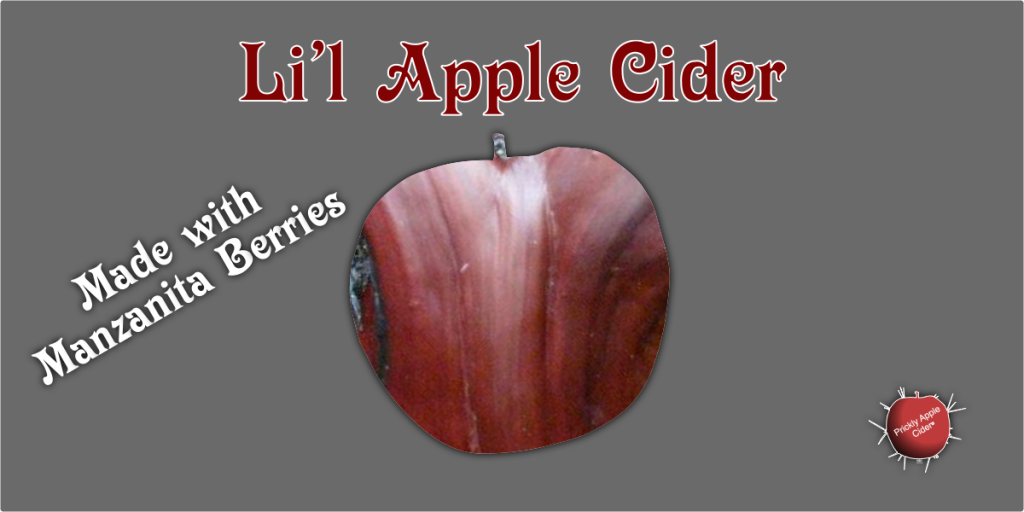Want a sweet cider. This is your best option for creating a cider with some natural residual sweetness. This technically is a perry with some apple adjuncts and its pretty straightforward. However, there are some complex aspects. I used Red Bartlett, which has become my favorite pear, especially since I can’t get any perry pears to use for cider. I can get these grown organically and local. The main reason they are my favorite is that they process and have characteristics similar to apples. The sugars are usually in the 1.055 range with a pH of 3.6-3.8. They also have some phenolic compounds. The complexity comes with the blend, yeast, and aging. I used a 3:1 ratio of pear juice to apple juice. For one apple, I used Sweeties, which is a sweet apple that has good sugar, low acids, and some phenolics as well as great aromatics. I augmented this with some acidic and phenolic crab apples. Any crabs will generally be useful so find whatever is in your area. This was also the first time I used pear peels instead of apple peels to add further phenolic compounds. They worked just as well. Remember, I prepare the peels by freezing and microwaving or at least microwaving them to extract more phenolic compounds.
The other area I added some complexity was in the yeast. I am becoming a big fan of non-Saccharomyces yeast strains for cider. These are often the yeasts naturally found on most apples. Saccharomyces yeast is usually not found on fruit but in the places human live and work. You could use a wild ferment for this but, I also like to know what the yeast I am using will do. Finding commercially available non-Saccharomyces strains is not easy but definitely worth the effort. That is why I am recommending White Labs WLP603 Torulaspora Delbrueckii. Non-Saccharomyces yeast tend to have more glycerol production, which improves mouthfeel and residual sweetness. It can be pricey, like most White Labs yeasts, but plan to harvest and reuse it multiple times. That will reduce the cost significantly. Search yeast harvesting on my site for articles.
The last area of complexity is that I used white ash to age the cider. I purchased some different wood types to trial. White ash is noted for marshmallow, bread, grass, and toasted. If you can’t get white ash, try a different wood. Oak is always a great fallback option but you could even toast some apple wood and use that.
Ultimately, this is a naturally semi-dry/sweet cider that will go well with about anything. If you are looking for a cider that has some complex flavors but still retains some sweetness, you need to give it a try. It won’t disappoint.

Process Alternatives:
As always you can adapt this hard cider recipe to your preferred method. As is my normal, I don’t use sulfites or sorbates in my ciders. If you want, you can always add sulfites 24 hours before inoculating with yeast and both sulfite and sorbate before packaging if you are back sweetening with fermentable sugars. Personally, I just try to avoid additional preservatives whenever possible. You might check out my article on killing your juice if you are interesting in exploring this more. Hard ciders will naturally produce some sulfites as they ferment. Note that different yeast varieties produce more than others.
I also filter my hard ciders but you can simply age them longer, cold crash them, and/or use fining to help clarify your hard ciders. Check my tips section out for more details in these items. The same is true for carbonation. If you want to bottle condition this cider to 2.5 volumes, you can add 25 grams of priming sugar per gallon (6.6 grams per liter). This should give you the additional volumes CO2 that you would need to reach 2.5. This assumes you didn’t degas the hard cider, which means you should have around 0.85 volumes of CO2 already suspended in it from the fermentation process.
If you are not using kegs, always remember to limit your oxygen exposure by limiting your headspace when aging. If you are looking for some variations on this recipe, consider the following.
- More or Less Peels: I used 100 grams but, i’ve used 75 and 150 grams with good results. You can leave the peels out but they are a staple in most of my recipes. This should increase the intensity of the color and add more polyphenols.
- Other Wood: If you can’t find white ash or other unique woods, I would encourage you to add some oak of any toast level for aging. It will enhance the complexity of the cider.
- Other Apples or Pear: You can use other apples or pears and get similar results. I purposefully used juice with a pH of 3.6-3.8. Use pear or apples that will give you similar levels. However, try to pick varieties with good phenolic characteristics too.
Did you enjoy this recipe? Follow me so you can get more hard cider recipes and tips as well as ideas for experiencing hard cider. Also, if you want to learn more about making hard cider, get my book. It covers all things hard cider as well as food and cider pairings.









